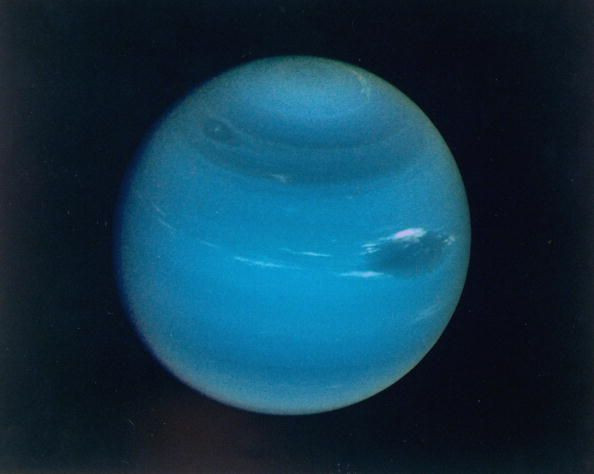NASA Studies Unusual Dance Of Neptune’s Moons To Avoid Collision

A new study revealed the importance of the strange orbits of Neptune’s two moons. Like a choreographed dance, NASA’s scientists noted that the orbits of the moons prevent them from colliding into one another.
Neptune has a total of 14 moons. For the new study, NASA focused on the planet’s two moons Naiad and Thalassa, which are part of Neptune’s inner satellites. Using data from the Hubble Space Telescope, the agency was able to study closely how these two moons orbit the planet.
According to the agency, these two satellites are engaged in a choreographed orbit dubbed as “dance of avoidance.” As its name suggests, the two moons orbit in a manner that prevents them from crashing into one another.
NASA noted that Naiad and Thalassa are only about 1,150 miles from each other when they orbit Neptune. Naiad has a tilted orbit that is perfectly timed to that of Thalassa. NASA explained that aside from a tilted orbit, Naiad also follows a zigzag pattern as it zips past Thalassa.
Based on the agency’s observations, it learned that Naiad passes Thalassa twice from above and twice from bellow. NASA said this pattern emerges each time Naiad gains four laps on Thalassa.
"We refer to this repeating pattern as a resonance," Marina Brozovic, a solar system dynamics scientist at NASA's Jet Propulsion Laboratory, said in a statement. "There are many different types of 'dances' that planets, moons and asteroids can follow, but this one has never been seen before."
According to NASA, Naiad’s strange orbit around Neptune may have been caused by one of the planet’s other moons. The agency believes that the arrival of Neptune’s giant moon Triton may have disrupted the orbits of other satellites.
As Naiad adapted to its new orbit caused by the disruption, it became in sync with the movement of Thalassa.
"We suspect that Naiad was kicked into its tilted orbit by an earlier interaction with one of Neptune's other inner moons," Brozovic explained. "Only later, after its orbital tilt was established, could Naiad settle into this unusual resonance with Thalassa."
The study conducted by Brozovic and her colleagues were published in the journal Icarus.
© Copyright IBTimes 2025. All rights reserved.





















